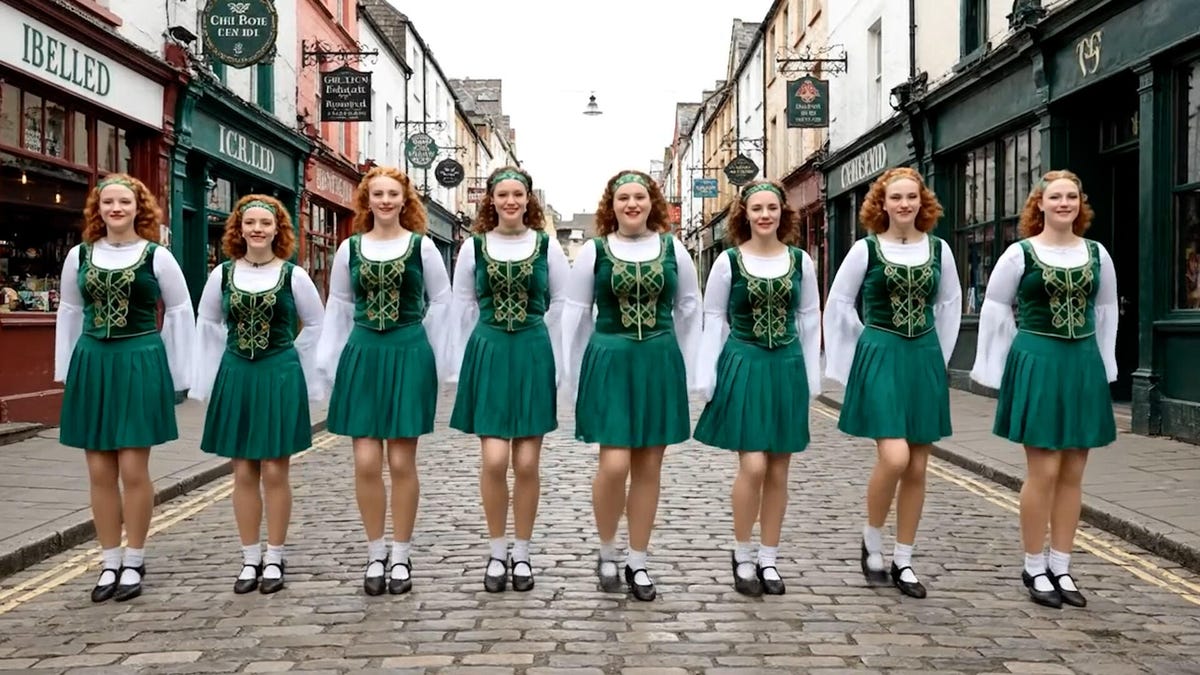Google Unveils Veo 3.1 AI Video Model Amid OpenAI Sora Competition

Key Points
- Google launches Veo 3.1 for Gemini paying users via Flow, API, and Vertex AI.
- New tools let creators combine assets, insert objects, and generate AI transitions between stills.
- Clip length can now exceed a minute, reducing hard jump cuts.
- Release coincides with heightened interest in OpenAI's Sora video model.
- AI video generation faces legal scrutiny over copyright and deep‑fake risks.
Google announced the launch of Veo 3.1, the latest version of its AI video generator, now available to paying Gemini users through Flow, the Gemini API, and Vertex AI. The update adds asset‑combining tools, object insertion, extended clip length, and AI‑driven transitions between still images. The move comes as OpenAI promotes its Sora video model, sparking debate over deep‑fake risks and copyright challenges in generative media.
Google's New Veo 3.1 Model
Google introduced Veo 3.1, the newest iteration of its flagship AI video generator. The model is accessible now to paying Gemini subscribers via Flow, the Gemini API, and Vertex AI. Veo 3.1 builds on earlier releases by offering creators more control over video composition and longer continuous clips.
Key Features
The update brings several notable tools. Users can upload separate assets that Veo combines into a final video, a capability first seen in Google’s Flow program. An object‑insertion feature lets creators add items to existing assets, with a removal function promised for the future. The model can also accept a starting and ending still image and generate an AI‑driven transition that blends the two into a short clip. Additionally, short clips can now be extended beyond a minute, smoothing out previously abrupt jump cuts.
Industry Context
Veo 3.1 arrives as OpenAI’s Sora model gains attention, especially after OpenAI launched a TikTok‑style app centered on AI‑generated video. The competition highlights a broader race in generative media, where companies like Google and OpenAI vie for creator adoption. Google’s earlier Veo release earlier this year featured native, AI‑synchronized audio, marking a milestone for AI video generation.
Legal and Ethical Concerns
AI video generators such as Veo and Sora have sparked controversy among filmmakers, videographers, and copyright holders. Critics warn that training on existing material may infringe intellectual property rights, and the potential for realistic deep‑fakes raises broader societal concerns. Legal actions have already emerged, with media companies suing AI firms over alleged copyright violations.